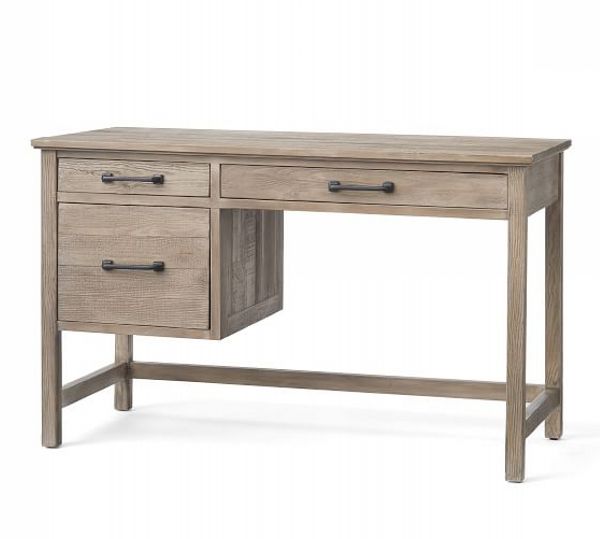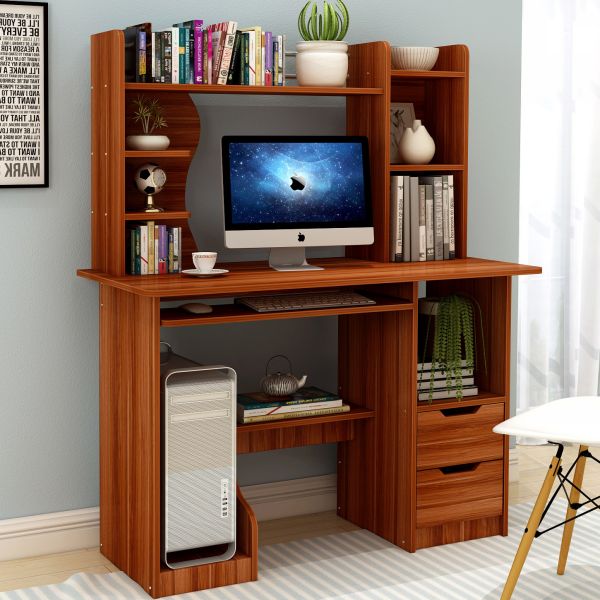L Shaped Desk Schematics - Unearth Top Secrets For Building A Structure Quickly
Conditioner also prevents wood's end grain from absorbing more stain than the face grain. For thorough coverage, you may need to dab the ink onto the scratch, let it dry, then even out the color by stroking lightly across it with the tip. If this isn't possible, you'll have to craft out some drywall to drill through studs. Here are more tips on how to get a smooth polyurethane finish. Lay out and assemble the sides as mirror images, using seat and back pieces for alignment. Allow each coat to dry for 24 hours before applying next. Other supplies include glue, nails, sandpaper, timber filler and varnish or paint and shellac.
Finish by pressing included red tool through hole to expand the wings behind the drywall or plaster. The thickness (home) and taper of shim allows for a perfect transition. Rinse with clear water, then gently scrape off any paint spatters with a plastic putty knife. Once you're ready to plant, add a soilless mix to just below top of planter. If you're planning a wall niche, lay out the tile and take some measurements to determine size of the niche. The wood color will turn gray over a year or so. Complete stiles by gluing fillets into grooves. Secure cab end, middle and trailing end with straps.
Glue both rails to one stile, then insert panel. Building large boxes and furniture can be a time consuming process due to the skill needed to cut dovetail or mortise and tenon joints. Without mattress, the bed will want to close back up. Cut the cap pieces and bore pilot holes for finish nails used to hold them together. Clamp the slats into place across rails and use a clamping caul to seat the slats fully into notches. Let exterior stain dry thoroughly before mounting birdhouse outside. To make base top, use the same wrap-and-rout procedure. Attach base supports to the rest of base.
Fill the plywood edges as well as nail holes and dents. Again, drill pilot holes and glue and screw the seat braces to front stringer and the front arm braces. Put wax paper under them to keep excess glue off cabinet top. Beveled cleats would keep it from popping up when you're working. Forstner bit, so you could start the jigsaw blade in handle holes. Clamp like boards together to get the same arcs. Just let it harden, then trim it off of the concrete patio blocks with a utility knife. Whichever tool you use, make a series of relief cuts along both concave side of the leg and the mortise cutout area as shown.
Click here for more spray painting tips. This is a simple woodworking project that could be built in one weekend, including the painting process. Next, set top frame in place on the columns. Center decorative brackets under shelf and attach them to wall studs with screws. Mark centers and make sure they match up when clamped. The nail holes will add to the rustic appearance. And the beauty of this type of construction is that design is limited only by your imagination. Cut along the inner mark with your jigsaw. Now do the same thing on other side. Then use a 1-gallon paint can to draw front and back of handhold.
Flatten out a ball of modeling compound, then apply glue to edges of the object you're repairing and press pieces into clay. Mark the top and bottom locations of the strike plate using the ball catch retainer plate on the door frame as a guide. Pour between the areas you covered first, not on top of them. Notch the slats to fit around armrest, as you should notice in the plans. Sight down beams to make sure they're straight before installing the rafters. The edging will be slightly above the surface of plywood when you glue it on. Saw a 15-degree angle on one end and screw plywood piece under the angled end of the block.
We used a patina kit to simulate an aged brass finish. Tip the grinder so the wheel is on edge and parallel to the grain to wear away soft wood.


